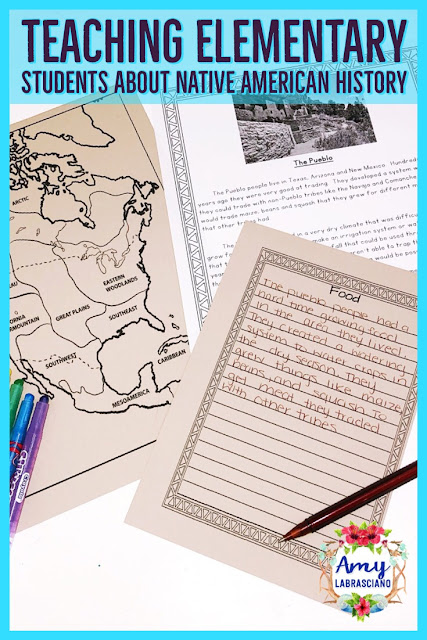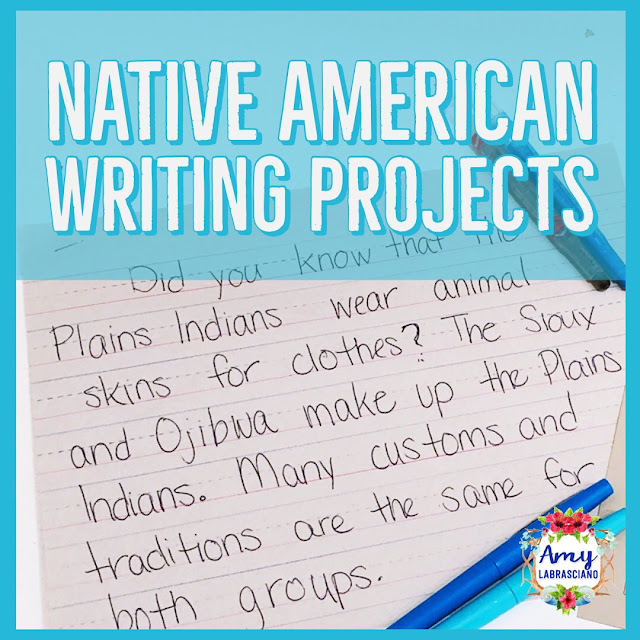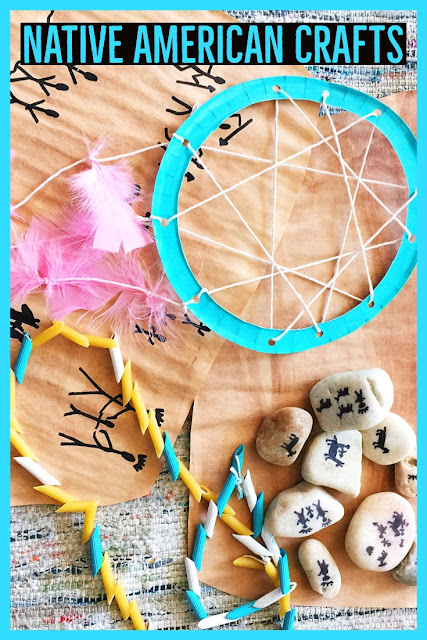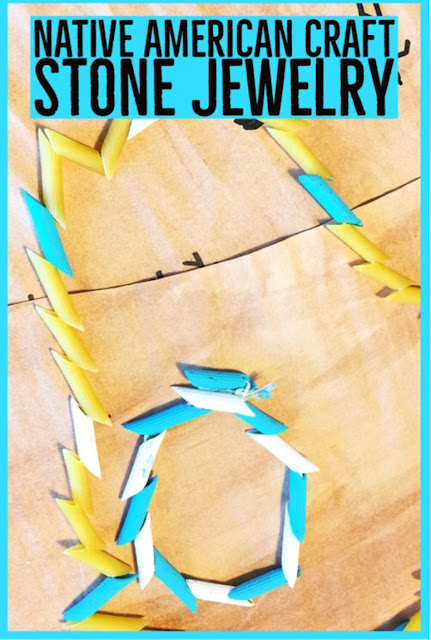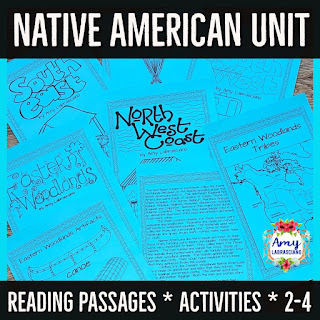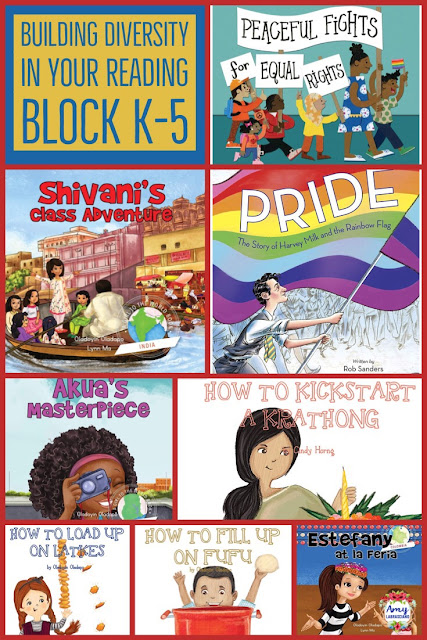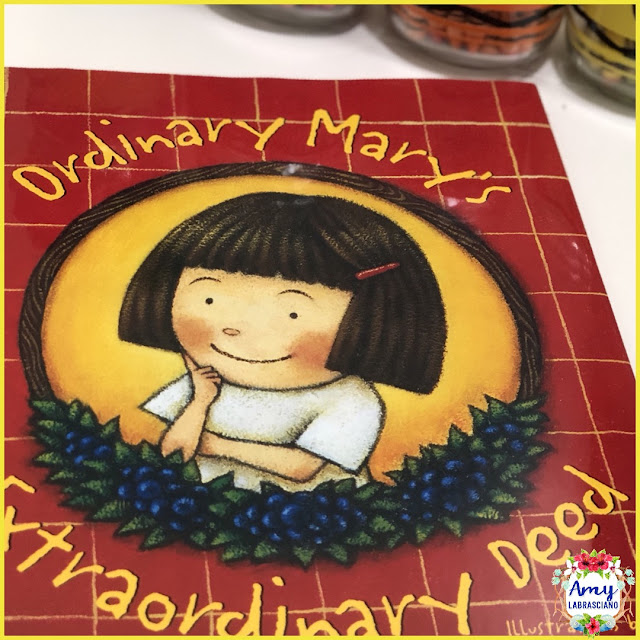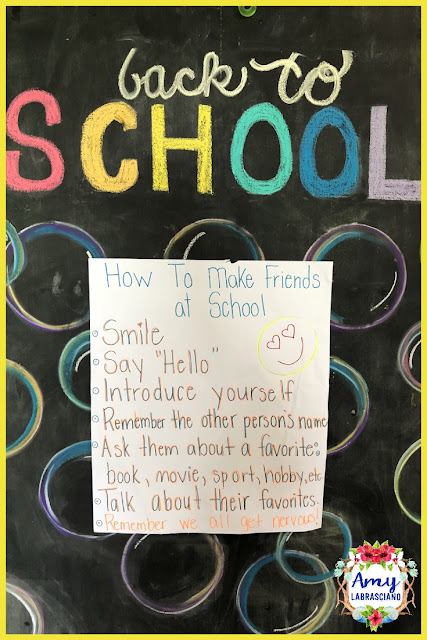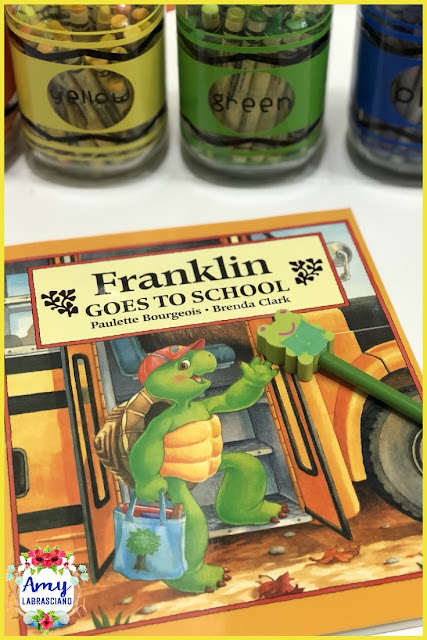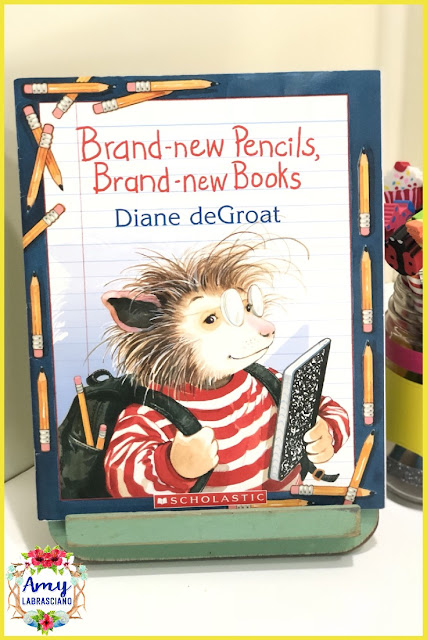Do you have the honor of teaching your students about the Native American Nations? It's always one of my students' favorite social studies units. Along with the honor of teaching students about indigenous people also comes a great responsibility. It's very important as educators that we are always in touch with our bias and misconceptions about different cultures when we plan and teach. In this post we will discuss what and how I teach about indigenous people of the United States.
Here are a few things to consider while lesson planning:
1. Use terms like indigenous people, First Americans, Native Americans.
2. Indigenous people span a large variety of nations and areas. Discuss and explain to students that they are all vastly different and cannot be grouped together.
3. DON'T dress your students up! It's not o.k. and we should all know better by now.
4. Don't speak of Native Americans in exclusively past tense form. We always discuss our local communities and some examples of how Native Americans in the area currently live. If we have any families in the class that come from the culture of topic, they are invited in to teach us about their culture. This is a practice we use when learning about all cultures.
First American nations are vastly different and diverse. Due to this, my Native American Unit is my longest social studies unit of the year. We touch on this unit during Thanksgiving when we read and learn about the true story of Thanksgiving. We discuss this during our immigration unit when we learn who the first immigrants to the United States were and we have a month long unit in the spring when we learn about some of the different regions of indigenous nations.
In order to fit this unit into our packed schedule, we align the unit to our reading and writing standards. I live in Florida which has adapted common core standards.
For shared reading we spend about two weeks reading about some of the different North American regions. I align the lessons to these standards:
STANDARDS
CCSS.ELA-LITERACY.RI.2.1
Ask and answer such questions as who, what, where, when, why, and how to demonstrate understanding of key details in a text.
Ask and answer such questions as who, what, where, when, why, and how to demonstrate understanding of key details in a text.
CCSS.ELA-LITERACY.RI.2.2
Identify the main topic of a multiparagraph text as well as the focus of specific paragraphs within the text.
Identify the main topic of a multiparagraph text as well as the focus of specific paragraphs within the text.
CCSS.ELA-LITERACY.RI.2.3
Describe the connection between a series of historical events, scientific ideas or concepts, or steps in technical procedures in a text.
Describe the connection between a series of historical events, scientific ideas or concepts, or steps in technical procedures in a text.
In writing we spend an entire month creating informative pieces. I align the lessons to these standards:
CCSS.ELA-LITERACY.W.2.2
Write informative/explanatory texts in which they introduce a topic, use facts and definitions to develop points, and provide a concluding statement or section.
Write informative/explanatory texts in which they introduce a topic, use facts and definitions to develop points, and provide a concluding statement or section.
CCSS.ELA-LITERACY.W.2.5
With guidance and support from adults and peers, focus on a topic and strengthen writing as needed by revising and editing.
With guidance and support from adults and peers, focus on a topic and strengthen writing as needed by revising and editing.
CCSS.ELA-LITERACY.W.2.7
Participate in shared research and writing projects (e.g., read a number of books on a single topic to produce a report; record science observations).
Participate in shared research and writing projects (e.g., read a number of books on a single topic to produce a report; record science observations).
The main regions that we focus on are:
REGIONS
1. Northwest
2. Northeast (Eastern Woodlands)
3. Southwest
4. Southeast
5. Plains
We discuss the areas and the natural resources that each habitat had to offer the people who lived in the region. We learn the names of different groups who resided in the area. We also learn about one nation from the region.
While learning about the natural resources we focus on these:
AREAS TO COVER
1. Food
2. Clothing
3. Shelter
4. Practices
5. Art
While reading and writing, students gather information in order to answer writing prompts that I've given them so that they can compose a book from the region of their choice. In the book, all on level and above level students write 7 paragraphs with support from me. The task is shortened for below level students according to their needs. The writing pieces have the introduction, the five areas mentioned above, each with it's own paragraph and the conclusion. Depending on the student, some of these paragraphs are shorter than others. We start the reading unit one week before we start the writing unit so that students have had a chance to learn a little about the different areas and can then make their choice of what to write about. Each student is given the opportunity to choose their region of choice because it makes them more invested in the task and they take it more serious.
When students are done with their writing piece they get to choose a piece of art from their region to create. They must learn about the significance of the piece that they are making before they get to make it. Because we are on a strict budget, we use what materials we have on hand. I will show you the art below with the region. Just click on the pictures when you are done reading this post to go to a more detailed post about the art work.
Southwest Rock Drawings
Plains & Southeast Animal Hides
Northwest Dream Catcher
Northeast Jewelry
This social studies unit takes a lot of resources to teach. In order to meet all of the students' needs, I wrote two different social studies units to teach with. I have a Native American Unit that includes passages from each region listed above, writing books and task cards. The passages each focus on all the information listed in the post. I also have a unit on specific Native American nations. The nations are: Cherokee, Sioux, Wampanoag, Pueblo and Comanche. You can find these units by clicking below. Feel free to leave any comments with lessons that worked for your class. We always learn and teach better together. Feel free to email me any questions that you may have. Happy teaching!


